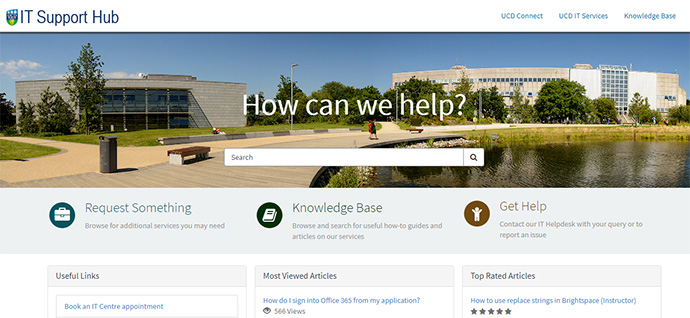The Collaborative Inbox is configured with default settings, as detailed as Step 3 in (opens in a new window)Getting Started with your Collaborative Inbox (Google Groups) In the majority of cases, these settings are what you need if you wish to use your Group as a shared email inbox.
Owners of the Google Group may edit the permissions to view and post messages in the Collaborative Inbox.
- If you wish to restrict who can email to and from the Collaborative Inbox, you can customise settings for who can post and view items.
- You can also set whether individuals may or may not post messages or if their messages go through moderation.
Please note that if you edit the Google Group settings, the Collaborative Inbox may not receive emails from people who are not members of the Google Group.
To check and edit the permissions:
- Sign in to(opens in a new window)Google Groups.
- Click the name of a group.
- On the left, click Group settings.
- To locate permission settings, look for entries with a slider:

- Choose which users get that permission. For:
- Default roles, entire organisation, and everyone on the web—Move the slider to the user option you want.
- Custom roles—Next to the slider, click the list and select the role.
Choosing a custom role assigns the permission to anyone in this custom role plus the default role you selected on the slider.

- Repeat step 6 for each permission.
- Click Save changes.
Note: please be mindful of security and confidentiality when adjusting these settings. If you set the permissions too widely, your messages may be visible to everyone on the web. However, if you restrict settings too much, the inbox will not receive any emails.
If you wish to revert to the default Collaborative Inbox settings, see Step 3 in (opens in a new window)Getting Started with your Collaborative Inbox (Google Groups)
See this (opens in a new window)Google Workspace help article for further details on permissions and what they control.


